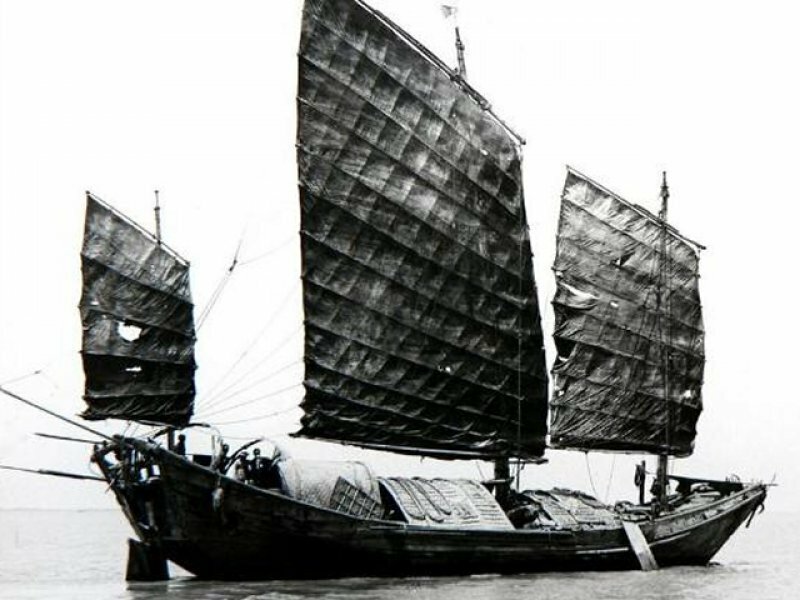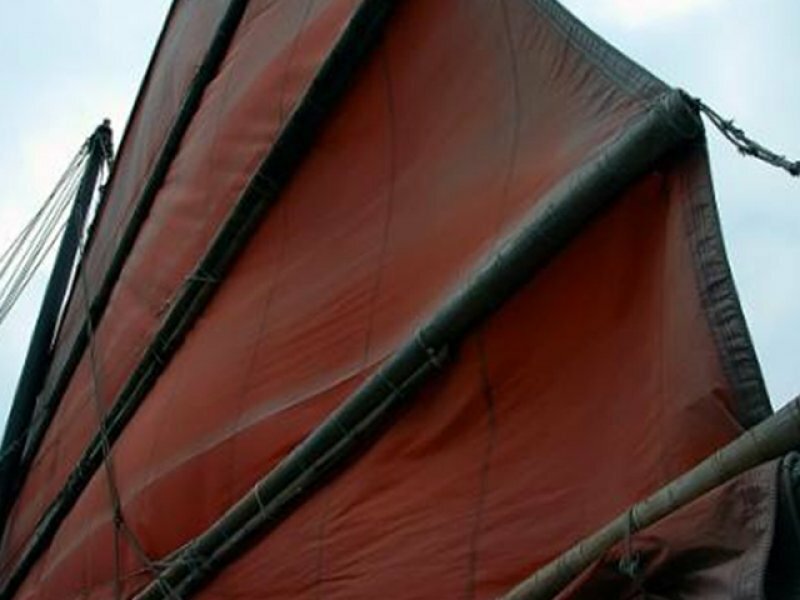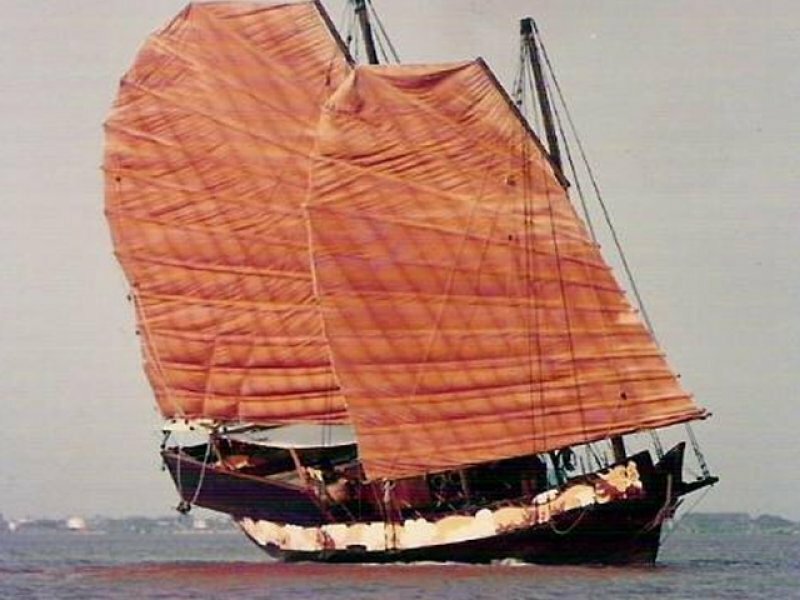History
There are few topics within maritime history that caused so much controversy as the work of retired British submarine captain Gavin Menzies, specifically his book ´1421´. He claims that the Chinese during the Ming Dynasty discovered Australia, New Zealand, North and South America and the North West Passage, among other places.
His ideas where largely discarded by professional Western historians, but his thesis, whether true or not, put the ancient junk in the limelight. This was a ship that undoubtedly could have sailed on open oceans on high latitudes. One of the reasons was that they were truly big. The first description of junks in Chinese literature dates from the 3rd century, and even then they talked about junks with seven masts capable of carrying sevenhundred men. The high days of Chinese junks were ushered in by the beginning of the so called trading dynasty of the Song, between the 10th and 13th century.
Admiral Zheng He, at around that time, was in hindsight the Chinese version of the English vice-admiral Lord Nelson or the Dutch admiral De Ruyter. He sailed in the year 1405 with an armada of three hundred ships and 30.000 man away from China and undoubtedly reached the African continent with his junks. Where he exactly ventured after that still remains a mystery, just like the question why the Chinese emperors after these epic voyages suddenly decided to stop further deep sea exploration.

Main sail junk, Hong Kong, 2009 © Kathry Naaker




